General Motors Death Watch 64: Too Rich to Die
When things are going well, when the US economy's humming along and the right models await eager buyers on dealer lots, being the world's largest auto maker in the world's largest automobile market is a license to print money. When the stars are aligned, GM's economies of scale, eight brand range and vast dealer network make it an almost obscenely profitable enterprise. Lest we forget, The General earned tens of billions of dollars in the SUV-mad 80's and 90's. If you're wondering why GM's fortunes have reversed so quickly, dramatically and irrevocably, there's your answer: they're victims of their own success.
GM execs have two ways to stand out: make more sales (by striking out in new directions) or make more money (by doing more of the same). Since it's hard for GM NOT to make money in good times, GM managers invariably opt for the safer option. Sure, every now and then, someone sets a lofty new goal: selling Cadillacs in Europe, building fuel cell cars, reinvigorating a struggling brand, etc. And then the next group of suits comes along and ignores them. After all, THEY didn't come up with the idea. And big ideas take time. How could a highly-paid exec use a long-term project to score career-boosting credit? No wonder every new generation of vehicles has a new set of names; no one wants to share credit with an old project.
Bottom line: GM execs know that hitching their star to a long-term project like hybrid engines is a quick ticket to a dark basement. No, it's far better to glom onto less adventurous, less expensive ideas that show immediate profit: a rebadged minivan for Buick, a rebadged roadster for Saturn, employee discounts for everyone, a range of newish SUV's, etc. Even if an exec succeeded on a more audacious venture– should he still be alive when it came to fruition– which looks better on their resume: 10,000 conquest sales or an extra three hundred million dollar profit?
GM's inherent timidity has lead to a slow erosion of the company's presence in the marketplace. Even when profits were flowing, The General's general lethargy and allergy to innovation kept its products at least a full model cycle behind Toyota, Chrysler, Hyundai, etc. GM held up its bottom line, but it lost precious market share. Round after round of downsizing has cost the company dearly, perhaps fatally. For every active employee, The General pays pension benefits and health care for 2.5 retirees. That's a Hell of a lot of deadweight. And it's about to get worse; GM recently announced its intention to buy out tens of thousands of active UAW members.
Besieged union members like to point out that GM made this bed. They're right. Back when GM had a mountain of money, The General's generals traded a significant proportion of their immense wealth for labor peace– and then backed themselves into a corner. The General's switch to just-in-time inventory and production elevated labor peace from reassuring to essential. Slim inventories are a great thing for a cost-conscious company (and a stick that GM's competition used to beat them with), but the process handed enormous power to GM's unions. [Note: before giving your partner a loaded gun, make sure you both mean the same thing by the word "partner.']
And now GM is cash-strapped. Oh wait, it isn't. If the sale of their GMAC finance unit goes through, it'll dump $12b into the corporate coffers. And if history serves, GM will use the cash to pay off the unions, keep making the same short-sighted decisions that brought it to the brink, and hope the market turns in their favor. Using the cash to hive-off two or three companies would be better for both the corporation and its assets. Cadillac is eminently saleable. Chevy is a respectable budget car company with a good truck arm. Someone's bound to buy Hummer. A foreign brand might buy Saturn just for the dealer network. Alternatively, GM could spin off SAAB and Hummer, kill Pontiac and Buick, and grow Chevrolet and Cadillac.
In whatever guise, a smaller GM would be a wiser GM. Constricted resources would increase accountability and force the company to sort itself out for both the short and long term. Once again, the problem is… too much money. For one thing, the $12b from the GMAC sale will make it virtually impossible to wrest concessions from the UAW. For another, the current downturn may shake-up GM's Board of Bystanders, but the stock price is still too high for a hostile takeover. Sooner or later, bankruptcy looms. Can the world's largest automaker survive bankruptcy intact? Will the pieces still be viable after Chapter 11? Watch this space…
More by Andrew Dederer
Latest Car Reviews
Read moreLatest Product Reviews
Read moreRecent Comments
- Carson D I was thinking that this is such a nice car, and it is a bit of a shame that you use it so little. Then I remembered that I still have a car that I purchased new in 2007 which now has 78,000 miles and is sitting in a parking space I moved it to so my parents could park in its space when they visited about a month ago. That your 2019 Golf Sportwagen had headliner and water intrusion issues is a stark reminder that people who still buy VWs are like those people who still vote for bail reform politicians after they've been assaulted by someone who'd already been arrested for violent acts half a dozen times in two months. I knew two people who bought new Jetta Sportwagens who suffered spooling mesh headliners that became jammed, unfurled and frayed combined with leaking two-plane sunroofs...in 2009! They were also involved in a class action lawsuit about 'mandatory optional' equipment that they paid for that the cars weren't actually equipped with. I think it was Bluetooth links.
- Bd2 Engine problems have been fully remedied, please have no further concerns. All customers are satisfied, check Google and Reddit for further information. Salutations and please have a nice day.
- Wjtinfwb Keep it. A good car you're not tired of is like a great dog. Irreplaceable. After 45 years of car ownership, there's just a few I wish I never sold and realized my total proceeds from selling those few cars was less than 75k dollars. Not a lot of Lexus that you'd say are irreplaceable, but a solid GS is one of them.
- Add Lightness Lots of Eye rolling with the Urus.Less eye rolling with the equally useless (or should I say underutilized) LM002.
- Tim You can't buy Fisker for $27 million. All that buys is the shares, which are basically worthless at this point. To buy the company you have to ante up the $1.3 billion owed to its creditors, otherwise they'll just take it away from you in a few weeks.For all we know the house may also be leveraged to the hilt. That seems to be how this guy rolls.Still, if I had to choose, I'd choose the house. I hate EVs.
















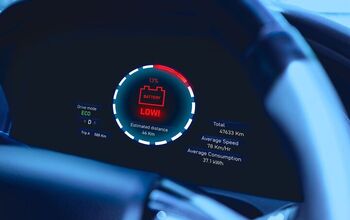


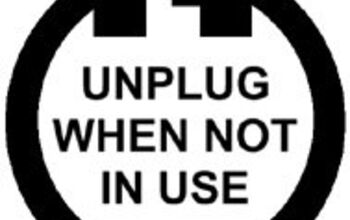


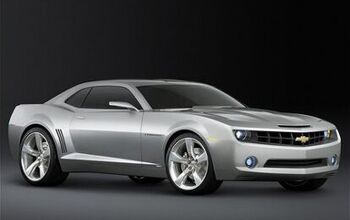



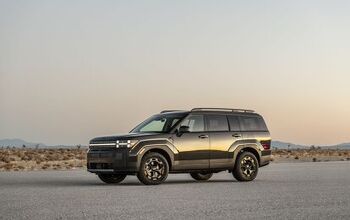


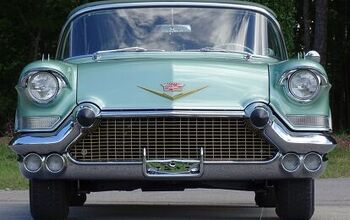


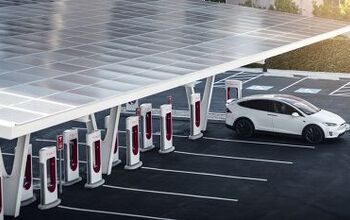
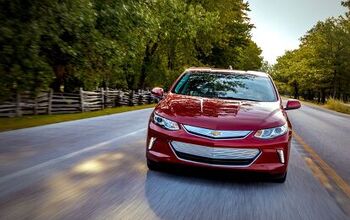
Comments
Join the conversation